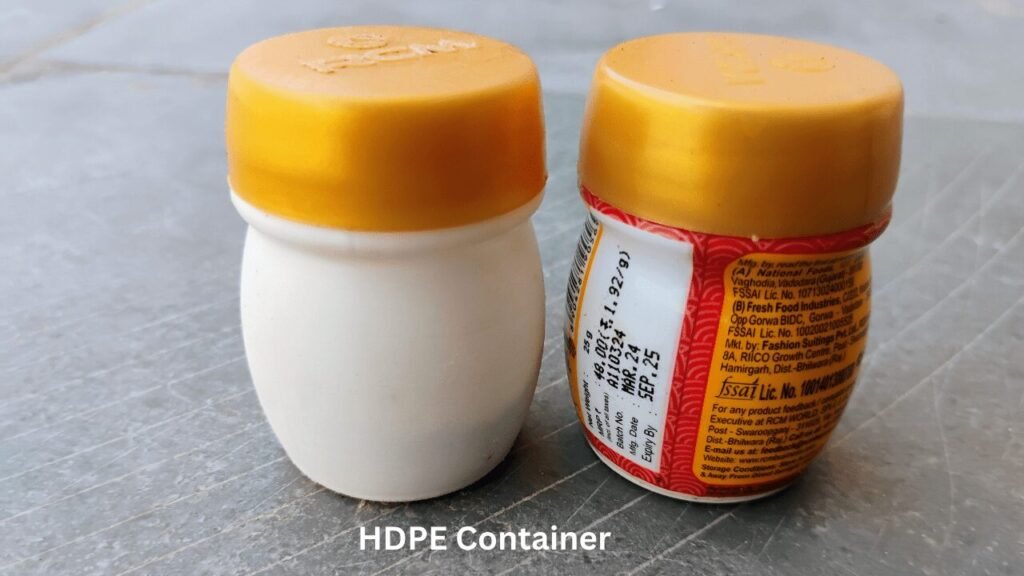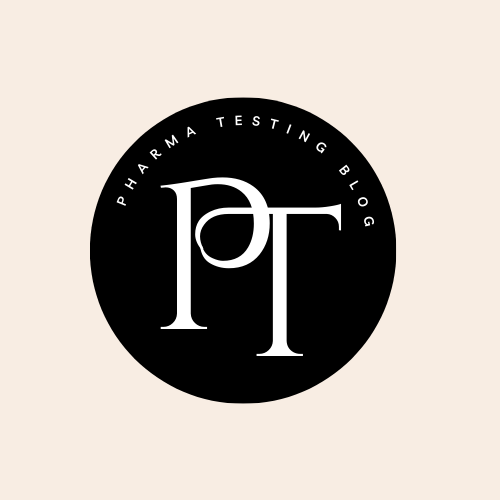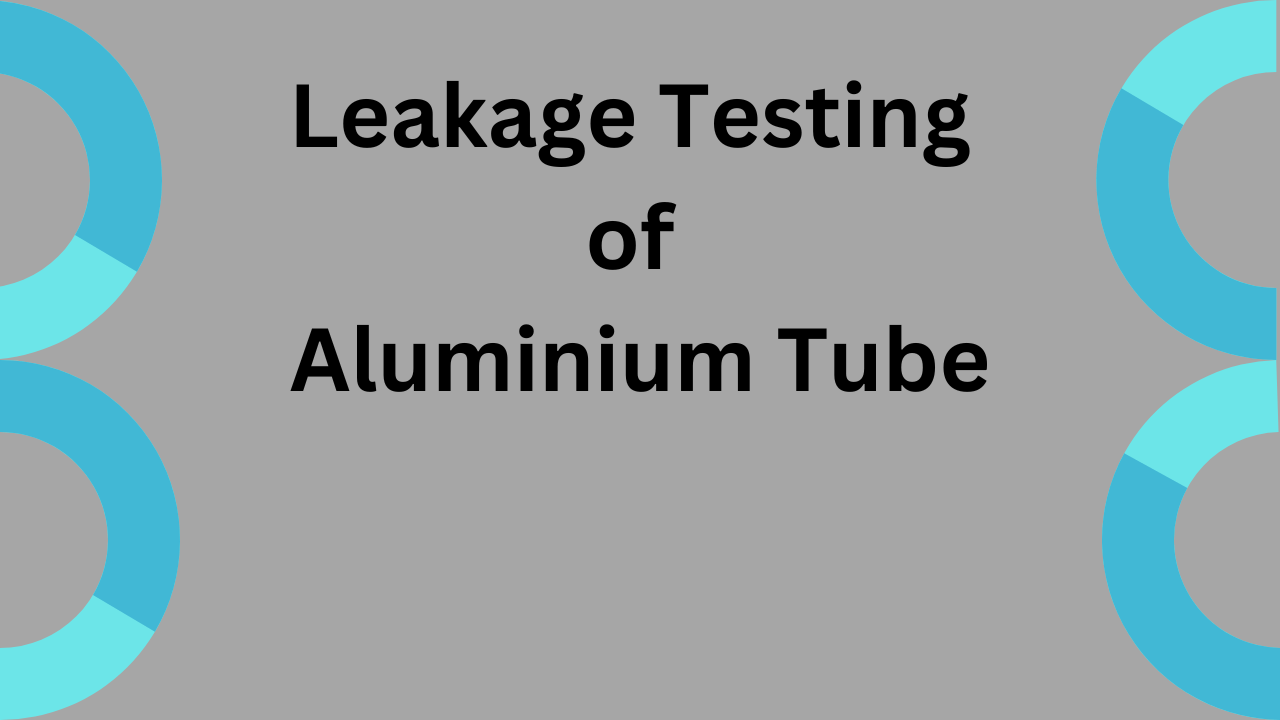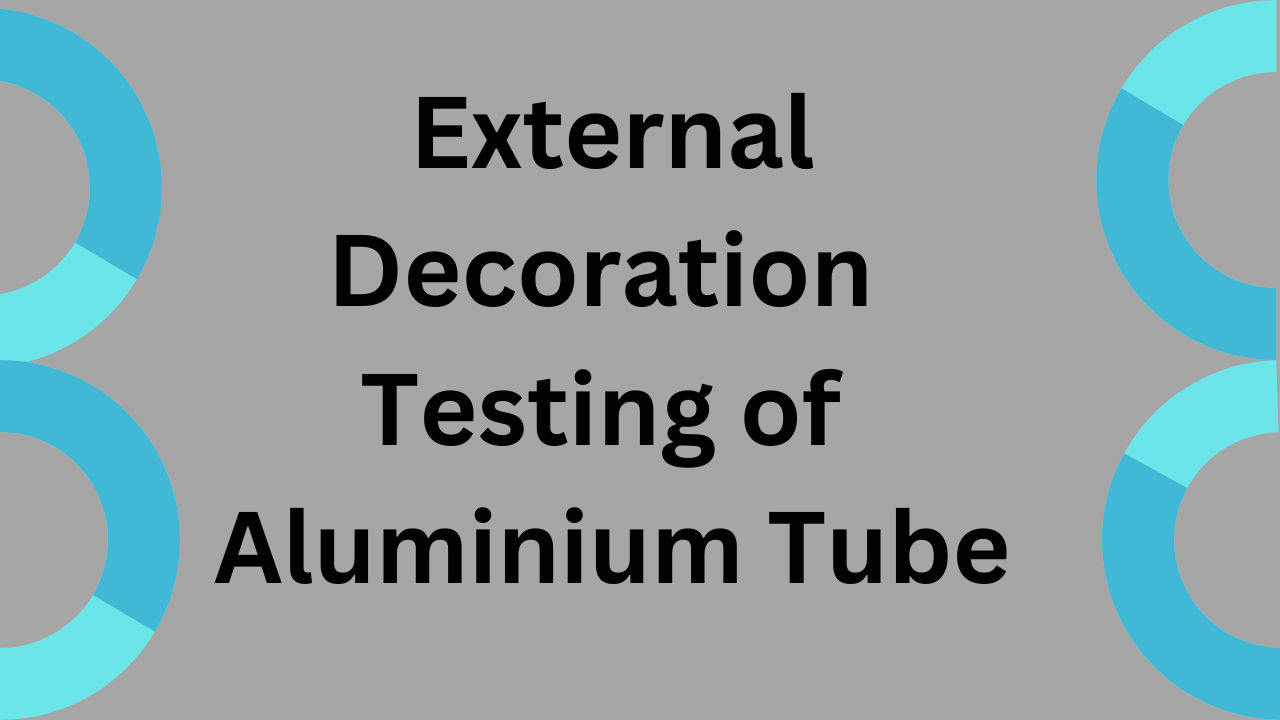Preparation of apparatus
Take a glass stopper, 250 ml graduated cylinder of type I Glass. Clean glassware thoroughly with hot nitric acid and rinse with water. Successive cleaning with acetone and methylene chloride. Clean all other equipment by scrubbing with a suitable detergent and prolonged rinsing with water. The container and equipment used for extraction.
Preparation of sample

Take a sample of an HDPE Container portion of 120 cm2 total surface area (both sides combined). It is subdivided into 3mm in width and 5cm in length.
Transfer the subdivided sample to a glass stopper, 250ml graduated cylinder of type I glass, and add 180ml of water to rinse the sample for about 30 seconds to drain off the water. Repeat with a second washing.
Transfer the prepared sample and add 150 ml of water medium extraction flask, extract by heating in a water bath at 700c temperature for 24 hours, cool, but not below 200c.
This test was performed with the help of a potentiometric instrument. First Take the extraction sample in a glass beaker and take a pH reading of the sample. If the sample is less than 7.0 pH of sample we use 0.01N NaOH. If the sample pH is more than 7.0 then use 0.01N HCL.
Transfer blank (as water) of 20 ml in a beaker titrate with the help of an instrument of potentiometrically to 0.01N NaOH or 0.01N HCL.
Transfer a Sample of 20 ml in a beaker titrate with the help of an instrument of potentiometrically to 0.01N NaOH or 0.01N HCL.
How many volumes consume 0.01N NaOH or 0.01N HCL at reach 7.0 pH both blank and sample.
The difference between blank and sample is not greater than 10 ml
I am Maneesh Maurya a professional pharmaceutical blogger from India having rich experience in the pharmaceutical Quality control field.



